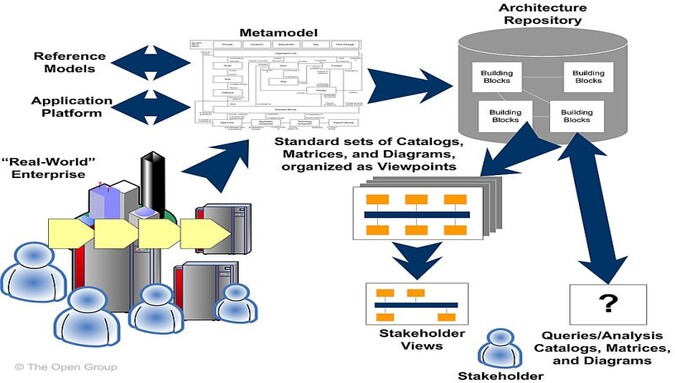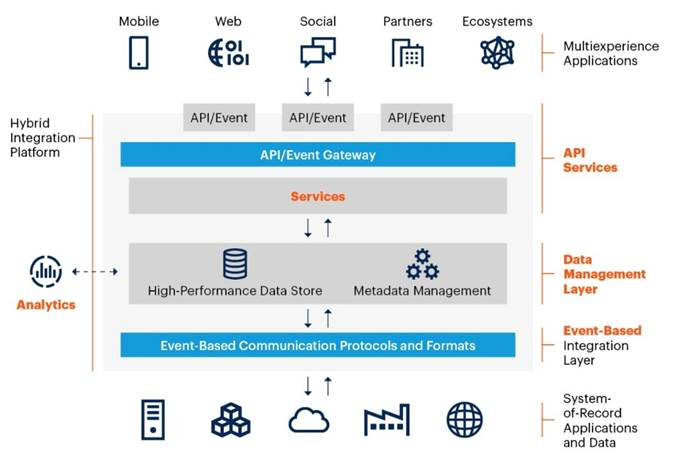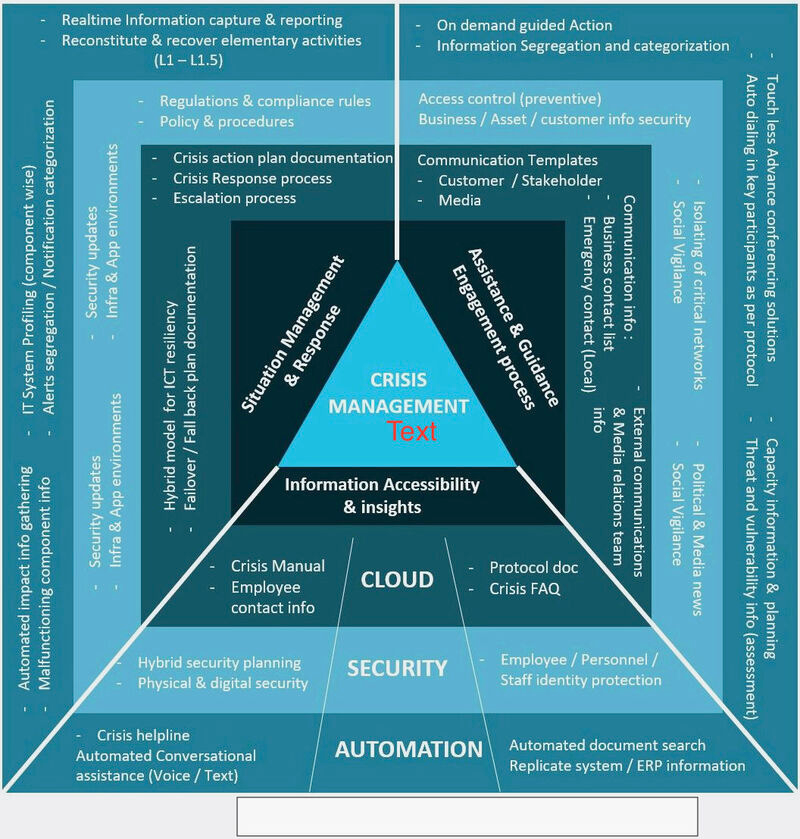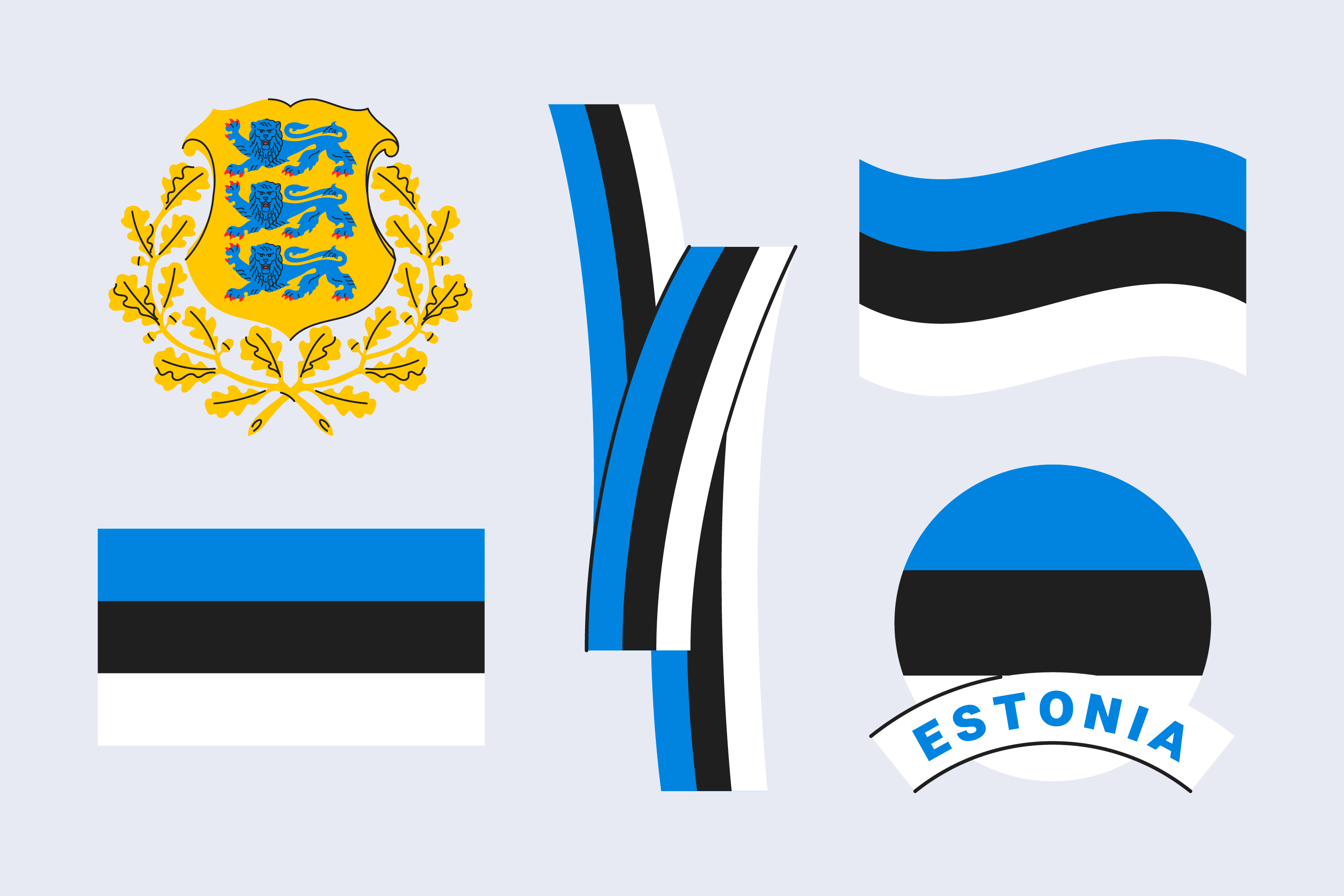Estonia Digital Transformation Case Study for Data Model
As a general rule, government systems in Estonia are not allowed to store the same information in more than one place. Basic personal details are the most obvious example of this. So everything starts with the Population Database. Within this database for each person is a unique identifier, name, date of birth, sex, address history, citizenship, and legal relationships. It is, quite literally, a relational database - the entire nation’s family tree can be visualized back until about 1950. The Estonians are confident the database is as close to 100% complete as it’s practically possible to get.
This profile of basic personal data doesn’t need to be held in any other system: they just need to hold the unique identifier. This distribution of data provides some degree of data protection – there is no one place where all the information about someone is held. Of course, it’s useful to have someone’s basic details to hand when using local systems - like their name and address - and that’s where the data sharing layer, or the ‘X-Road’, comes into play.
The X-Road is a secure data-sharing network, much like the Government Secure Intranet (GSi) used by the UK government. Each data owner determines what information is available and who has access to it. Couple this with some enforced data and messaging standards, et voila; you have joined-up government. It’s basically how you would architect software, but on a macro level.
As can be seen in the diagram above, some parts of the private sector can also utilise the X-Road - allowing the principle of not duplicating data in different locations to flow out from government.





